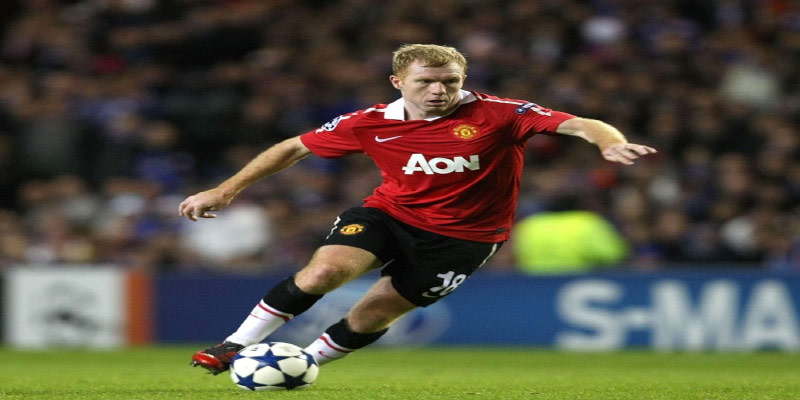
How Midfield Player Shape Football Games
In football, the midfield player is the team’s engine, controlling the pace and flow of the game. They seamlessly connect defense and attack, shaping the match’s rhythm. Their vision and decision-making can change the course of the game, often turning a potential defeat into a victory. While frequently underappreciated, midfield players are essential for any team’s success. The heart of the game beats in the middle, and these players are its true masterminds, making them indispensable for any strategy. Find out more on https://i9bet4.net/, where football strategies come to life.
Tactical Role of the Midfield Player
As pivotal components of the team’s tactical framework, midfield players have a profound impact on how a squad approaches the game. Their involvement shapes not only individual matches but also the overarching team dynamics and philosophy.
Their Impact in Building the Team’s Playing Style
The playing style of a football team is heavily influenced by the capabilities and characteristics of its midfield players. Teams aspiring to play possession-based football rely on midfielders who are comfortable on the ball, capable of quick decision-making, and adept at maintaining fluidity in play. Possession-oriented teams prioritize short, precise passes and movement off the ball, which places immense pressure on midfield players to act as catalysts in retaining possession and creating space.
Conversely, teams that adopt a counter-attacking philosophy look for midfielders who can quickly transition from defending to attacking. These players must exhibit speed, precision, and the ability to deliver long passes accurately. The effectiveness of counter-attacks often relies on the immediate actions of the midfielders, who need to gauge when to release the ball to forward players and make supporting runs.
Furthermore, the tactical versatility of midfield players allows coaches to adapt their strategies based on the situation. For instance, during high-stakes matches against aggressive opponents, a coach might opt for a more defensively minded midfielder to provide additional protection. Conversely, in games where dominating possession is essential, an attacking midfielder may be favored to augment creativity and goal-scoring potential.
How Midfield Players Connect the Lines in a Team
One of the most critical aspects of a midfield player’s role is their ability to connect the lines between defense, midfield, and attack. This connection is essential for a seamless flow of play, enabling teams to maintain shape and coherence while transitioning between phases of the game.
Midfield players facilitate communication among defensive and offensive units. By offering passing options and orchestrating movements, they help maintain the team’s structure. The presence of a competent midfielder ensures that defenders feel secure when playing out from the back, knowing there is a reliable option nearby. Likewise, attackers benefit from a skilled midfielder’s ability to deliver pinpoint passes, enabling them to exploit spaces left by opposing defenders.
Moreover, midfield players are often required to adjust their positioning based on the game’s context. For instance, when a team is pressing high up the pitch, midfielders must push forward to support the attack. Conversely, if the opposition is gaining momentum, they need to drop back to bolster the defense. This adaptability highlights their critical role in preserving the team’s overall shape and maintaining stability during moments of pressure.
Legendary Midfield Players in Football History
Throughout football history, certain midfield player have risen to iconic status due to their extraordinary skills, vision, and contributions to the game. These legends have not only left an indelible mark on their respective clubs but have also played critical roles in the success of national teams.
Iconic Names Like Xavi, Iniesta, and Pirlo
Among the pantheon of legendary midfield players, names like Xavi Hernández, Andrés Iniesta, and Andrea Pirlo resonate deeply with fans and analysts alike. Each of these players brought a unique style, showcasing the diverse skill sets that define the role of a midfielder.
Xavi and Iniesta were integral components of FC Barcelona’s dominant era under Pep Guardiola, helping to revolutionize the tiki-taka style of play. Their ability to maintain possession, execute intricate passing patterns, and create scoring opportunities made them stand out as one of the most lethal midfield partnerships in football history. Xavi’s unmatched vision and awareness allowed him to dictate the pace of the game, while Iniesta’s agility and close control provided a constant threat in tight spaces.
On the other hand, Andrea Pirlo embodied elegance and sophistication in his approach to the game. Known for his remarkable passing range and ability to dictate play from deep positions, Pirlo possessed an uncanny knack for finding teammates in advanced positions. His artistry on the ball was complemented by strategic intelligence, allowing him to read the game effortlessly. Whether playing for AC Milan or Juventus, Pirlo consistently proved himself as a master tactician and leader on the pitch.